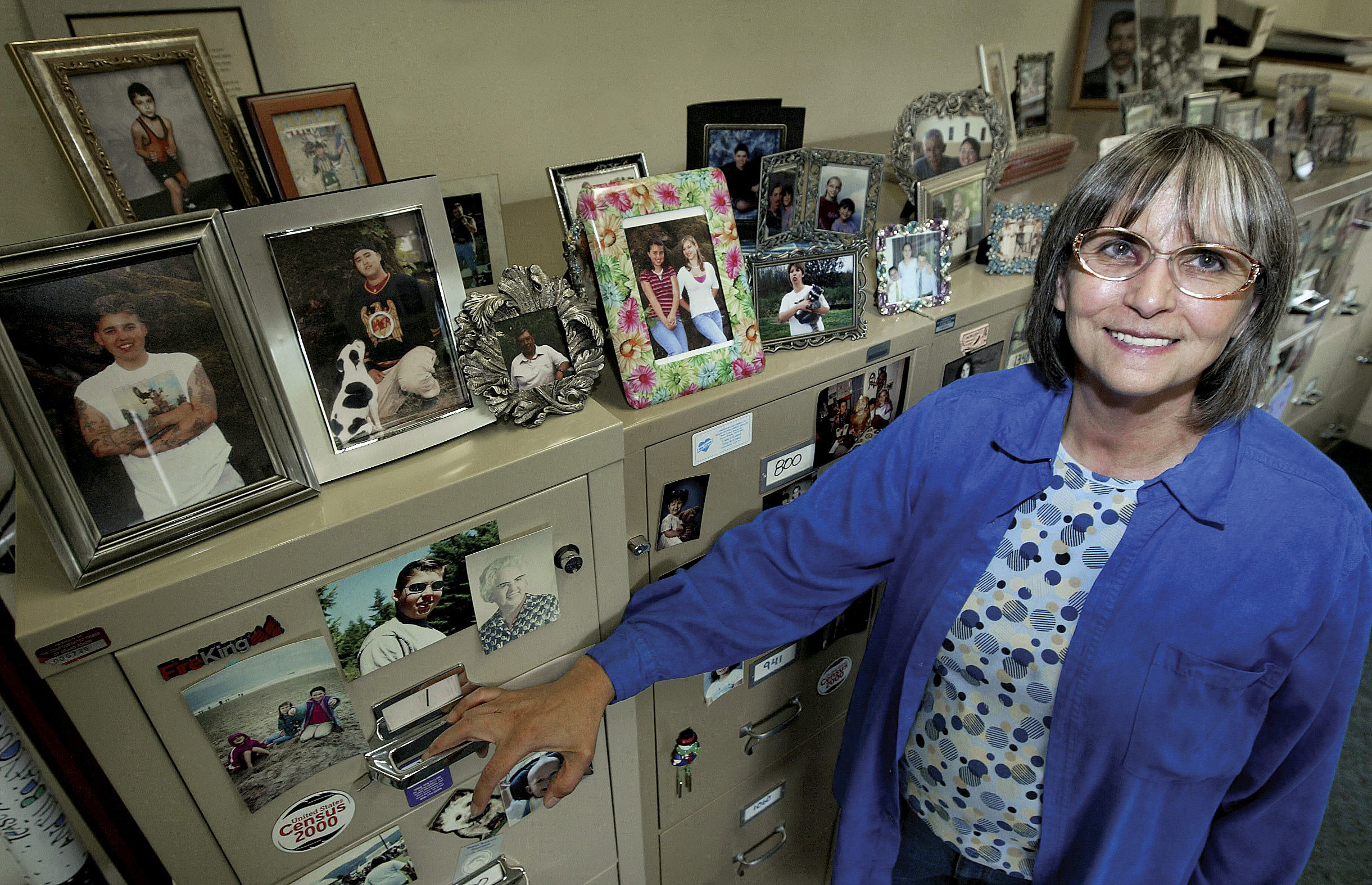Tribal Government & News
Yesteryears -- Sept. 15, 2019

2014 – Tribal voters re-elected Chris Mercier and Reyn Leno in the Tribal Council election. First-time Tribal Council candidate Tonya Gleason-Shepek received the third most votes with 539. She ran on a slate with Leno and incumbent June Sherer. There were 3,606 votes cast in the election, the most since 2008.
2009 – After working for the Tribe for 23 years, Margo Mercier resigned as Enrollment Program manager to embark on new adventures. Mercier, 54, had worked for the Tribe in various capacities and attended some of the first Restoration meetings. “My experience here at the Tribe has led me to following a dream to serve others in a different arena,” Mercier said. “Hopefully, continuing to serve the Elders. I am happy to move on, because I will have more of my personal time to pursue those dreams.”
2004 – Tribal member Joseph Hostler was named the 2004 Hatfield Fellow. At Humboldt State University, where he received his bachelor’s degree, Hostler worked with other Native American students to raise the issue of the university’s role in its Native American Studies program and faculty selection. Hostler also studied and advised about agency politics and procedures affecting 170 Tribes on the West Coast while an intern for the U.S. Fish & Wildlife Service.
1999 – The Forest Service invited the Tribal Cultural Resources Department and several Grand Ronde Elders to visit parts of the Willamette National Forest to provide input on how to maintain areas of the forest that were culturally significant to Tribal people. Attendees included Elders Peachie Hamm and Beryl Contreras, Tribal member Christina Contreras, Cultural Resources Department Manager June Olson and Cultural Resources Specialist Lindy Trolan. During a visit to what was then called “Squaw Mountain,” members of the Forest Service asked if the Tribe would like the name changed. “Squaw is a very degrading word toward Native American women,” Hamm said. “I know our people find it offensive.”
1994 – The Tribe was starting its third phase of a strategic planning process. Tribal members had the opportunity to participate in the process by completing a survey or attending a community meeting. Phase one began with an identification of key issues that could affect the Tribe’s future plans. Phase two directly involved Tribal members through participation in the survey and community meetings. Phase three, which was expected to run through November, was a time to further refine issues and strategies, leading to the draft and final strategic plans. Implementation of the plan would begin in early 1995.
1989 – Tribal Accounting Supervisor Shelley Hanson was featured for her dedication to both job and family. Hanson, a Tribal member with a business degree, decided she wanted to work for the Tribe due to its expanding growth. Her duties included overseeing the fiscal operations and producing payroll checks. “Shelley is one of the most dedicated people I know,” said co-worker Pat Mercier. “She works very hard for her Tribe and for her new family. She really deserves this honor.”
1984 – Tribal staff were looking into the possibility of pursuing a Johnson O’Malley contract. The program was for youth in kindergarten through 12th grade and funded by the Bureau of Indian Affairs and provided tutoring, cultural activities, special education activities and parenting classes.
Yesteryears is a look back at Tribal history in five-year increments through the pages of Smoke Signals.
